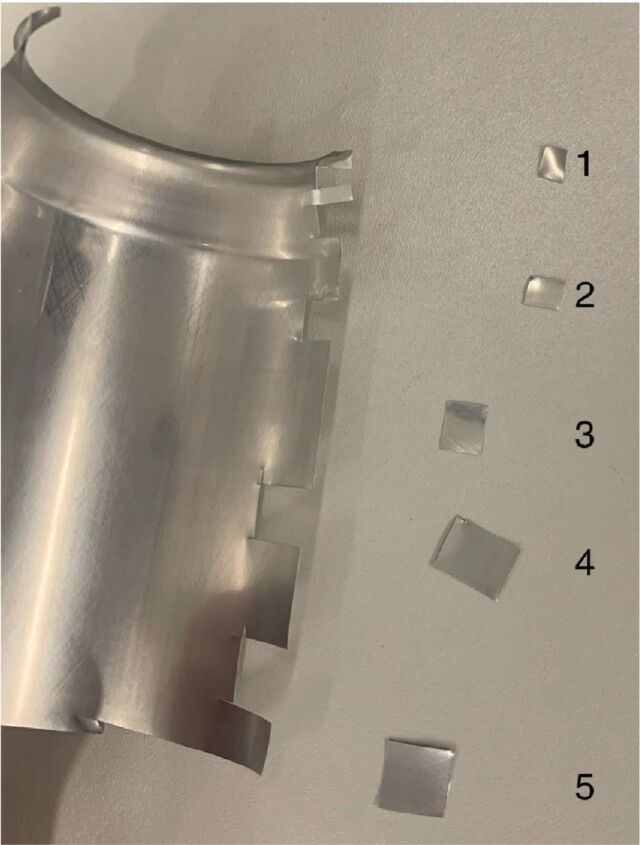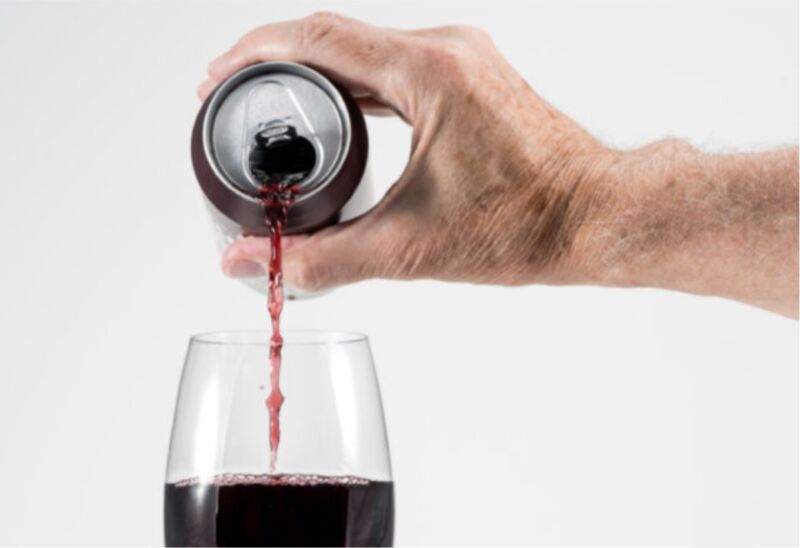BackyardProduction/Getty Images
True wine aficionados might turn up their noses, but canned wines are growing in popularity, particularly among younger crowds during the summer months, when style often takes a back seat to convenience. Yet these same wines can go bad rather quickly, taking on distinctly displeasing notes of rotten eggs or dirty socks. Scientists at Cornell University conducted a study of all the relevant compounds and came up with a few helpful tips for frustrated winemakers to keep canned wines from spoiling. The researchers outlined their findings in a recent paper published in the American Journal of Enology and Viticulture.
“The current generation of wine consumers coming of age now, they want a beverage that’s portable and they can bring with them to drink at a concert or take to the pool,” said Gavin Sacks, a food chemist at Cornell. “That doesn’t really describe a cork-finished, glass-packaged wine. However, it describes a can very nicely.”
According to a 2004 article in Wine & Vines magazine, canned beer first appeared in the US in 1935, and three US wineries tried to follow suit for the next three years. Those efforts failed because it proved to be unusually challenging to produce a stable canned wine. One batch was tainted by “Fresno mold”; another batch resulted in cloudy wine within just two months; and the third batch of wine had a disastrous combination of low pH and high oxygen content, causing the wine to eat tiny holes in the cans. Nonetheless, wineries sporadically kept trying to can their product over the ensuing decades, with failed attempts in the 1950s and 1970s. United and Delta Airlines briefly had a short-lived partnership with wineries for canned wine in the early 1980s, but passengers balked at the notion.
The biggest issue was the plastic coating used to line the aluminum cans. You needed the lining because the wine would otherwise chemically react with the aluminum. But the plastic liners degraded quickly, and the wine would soon reek of dirty socks or rotten eggs, thanks to high concentrations of hydrogen sulfide. The canned wines also didn’t have much longevity, with a shelf life of just six months.
Thanks to vastly improved packing processes in the early 2000s, canned wine seems to finally be finding its niche in the market, initially driven by demand in Japan and other Asian markets and expanding after 2014 to Australia, New Zealand, the US, and the UK. In the US alone, projected sales of canned wines are expected to grow from $643 million in 2024 to $3.12 billion in 2034—a compound annual growth rate of 10.5 percent.
Granted, we won’t be seeing a fine Bordeaux in a can anytime soon; most canned wine comes in the form of spritzers, wine coolers, and cheaper rosés, whites, or sparkling wines. The largest US producers are EJ Gallo, which sells Barefoot Refresh Spritzers, and Francis Ford Coppola Winery, which markets the Sofia Mini, Underwood, and Babe brands.

M.J. Sheehan et al., 2024
There are plenty of oft-cited advantages to putting wine in cans. It’s super practical for picnics, camping, summer BBQs, or days at the beach, for example, and for the weight-conscious, it helps with portion control, since you don’t have to open an entire bottle. Canned wines are also touted as having a lower carbon footprint compared to glass—although that is a tricky calculation—and the aluminum is 100 percent recyclable.
This latest study grew out of a conference session Sacks led that was designed to help local winemakers get a better grasp on how best to protect the aromas, flavors, and shelf life of their canned wines since canned wines are still plagued by issues of corrosion, leakage, and off flavors like the dreaded rotten egg smell. “They said, ‘We’re following all the recommendations from the can suppliers and we still have these problems, can you help us out?’” Sacks said. “The initial focus was defining what the problem compounds were, what was causing corrosion and off aromas, and why was this happening in wines, but not in sodas? Why doesn’t Coca-Cola have a problem?”

